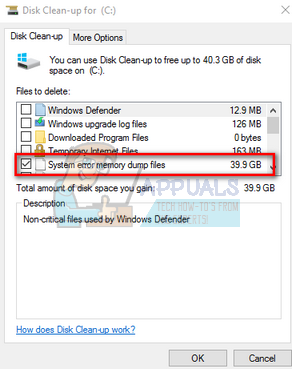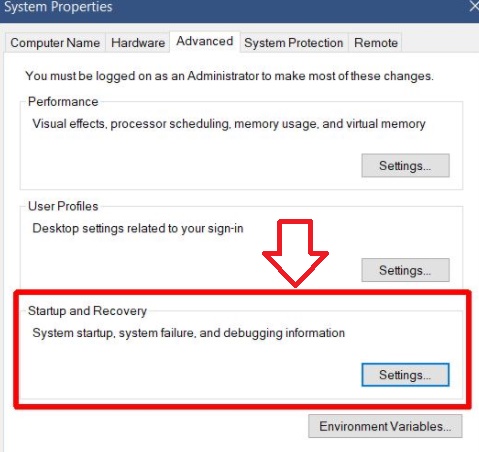

However, many users reported that the disk cleanup utility failed to delete the required files. These dumps can accumulate over time and even reach the size of 100GB. The disk cleanup utility can be used to delete these files and make the storage usable. Windows saves all these memory dumps in form of System Error Memory Dump files in your local disk C.

It only includes the memory allocated to the Windows Kernel and hardware abstraction level. Kernel memory dump: This memory dump is 1/3 rd the size of your physical memory.It is helpful in identifying the error but is useful when trying to debug a problem. Small memory dump (256 Kb): this is the smallest memory dump and contains very little information.So for example, if you have an 8GB of RAM and Windows was using 4GB at the time of the crash, the memory dump will be of 4GB. This contains a copy of all the data used by your operating system in the physical memory. Complete memory dump: This is the biggest type of memory dump possible.There are many types of memory dumps your computer makes to help in the debugging process: When your system runs into some error (like BSOD), it collects a copy of your computer’s memory at the time of the crash to help diagnose what caused the discrepancy.


 0 kommentar(er)
0 kommentar(er)
